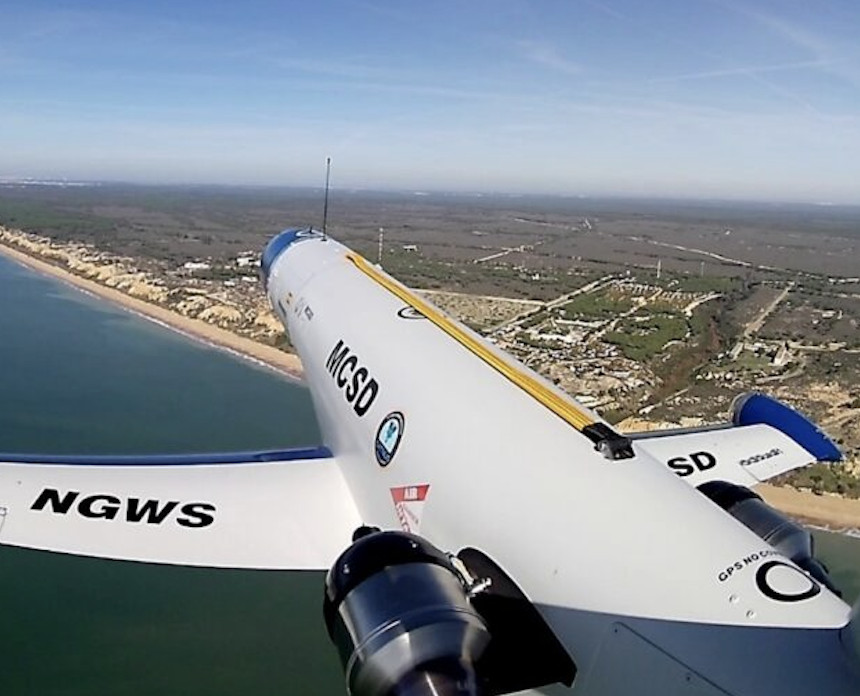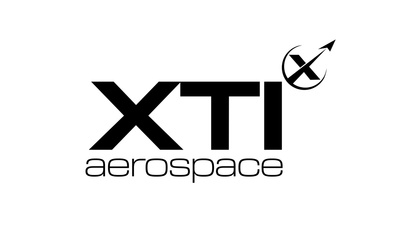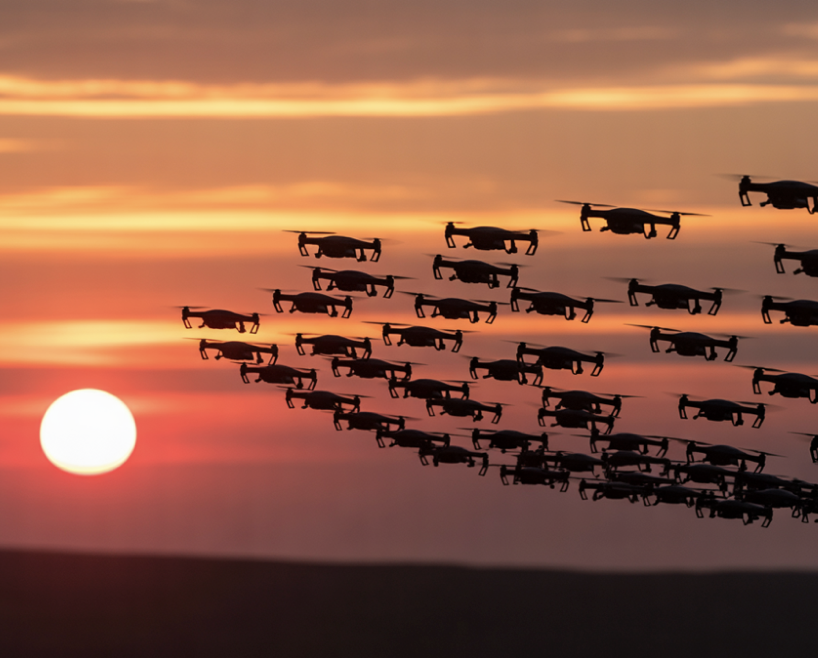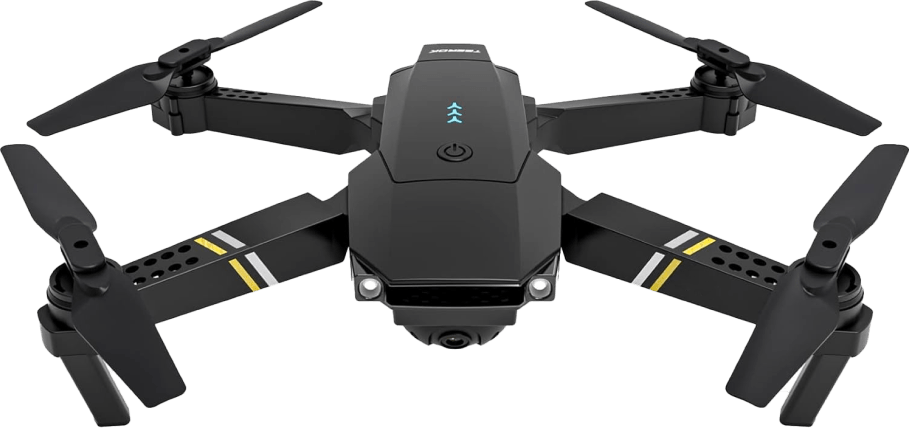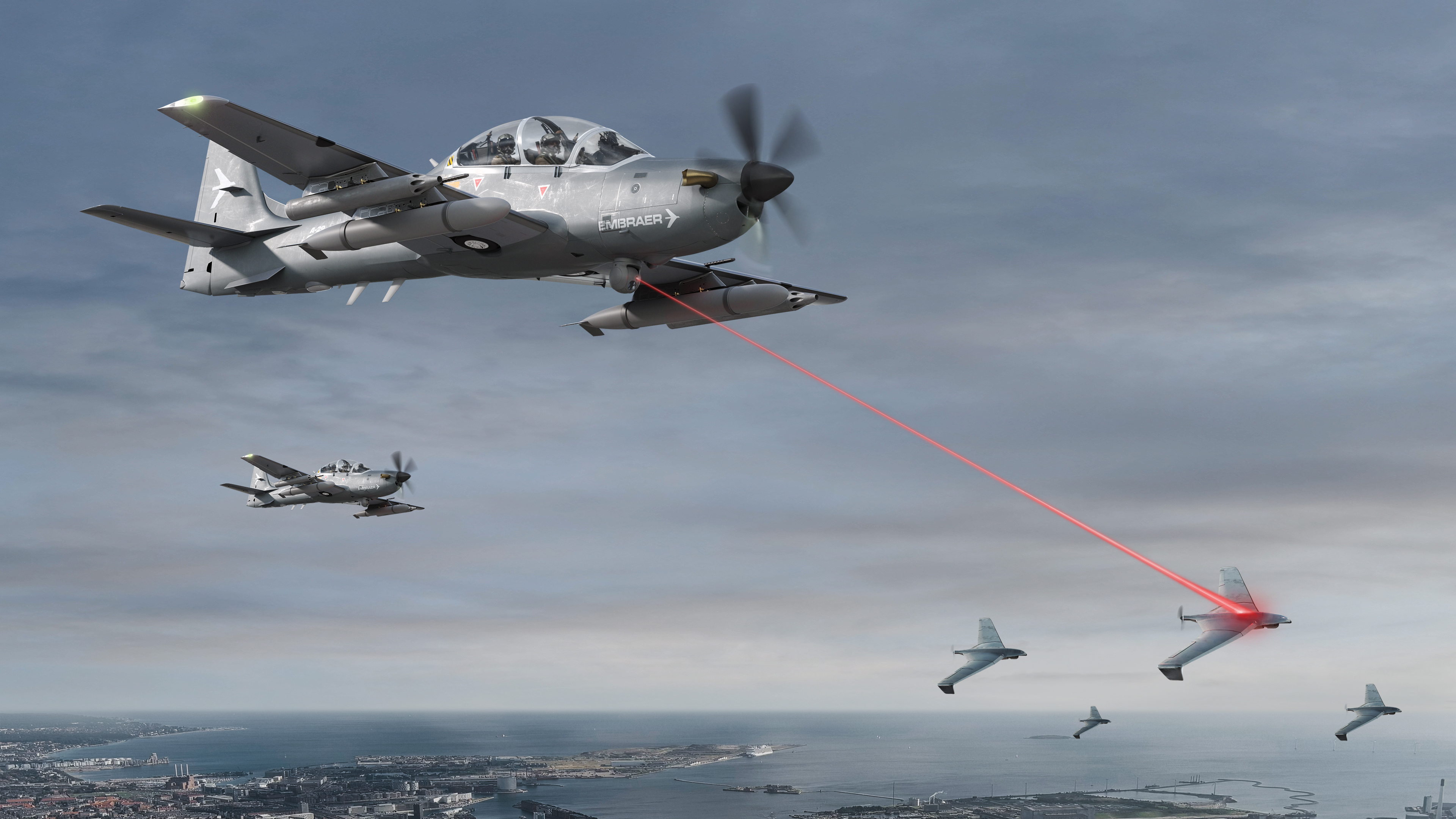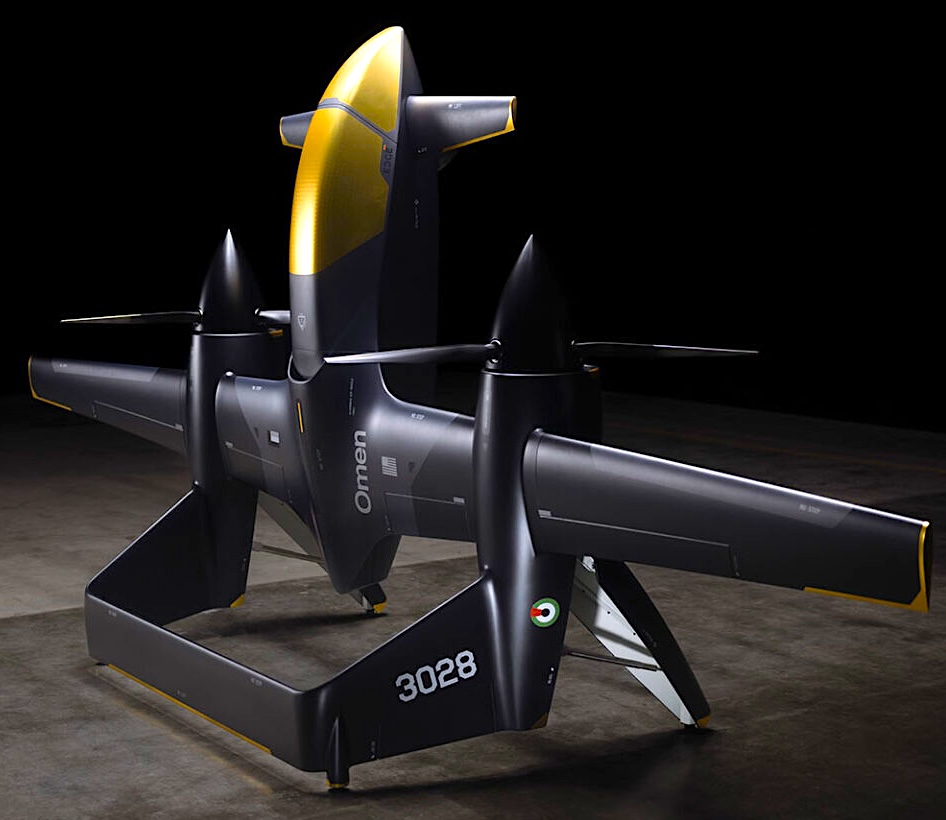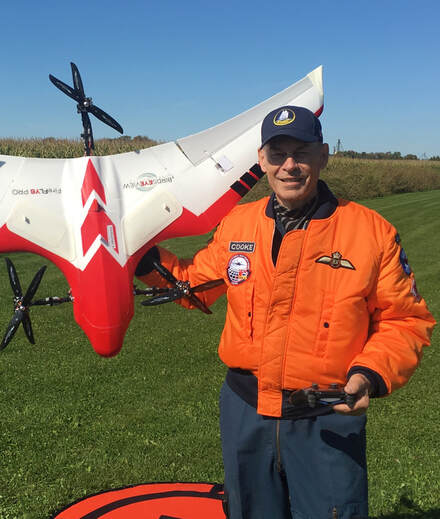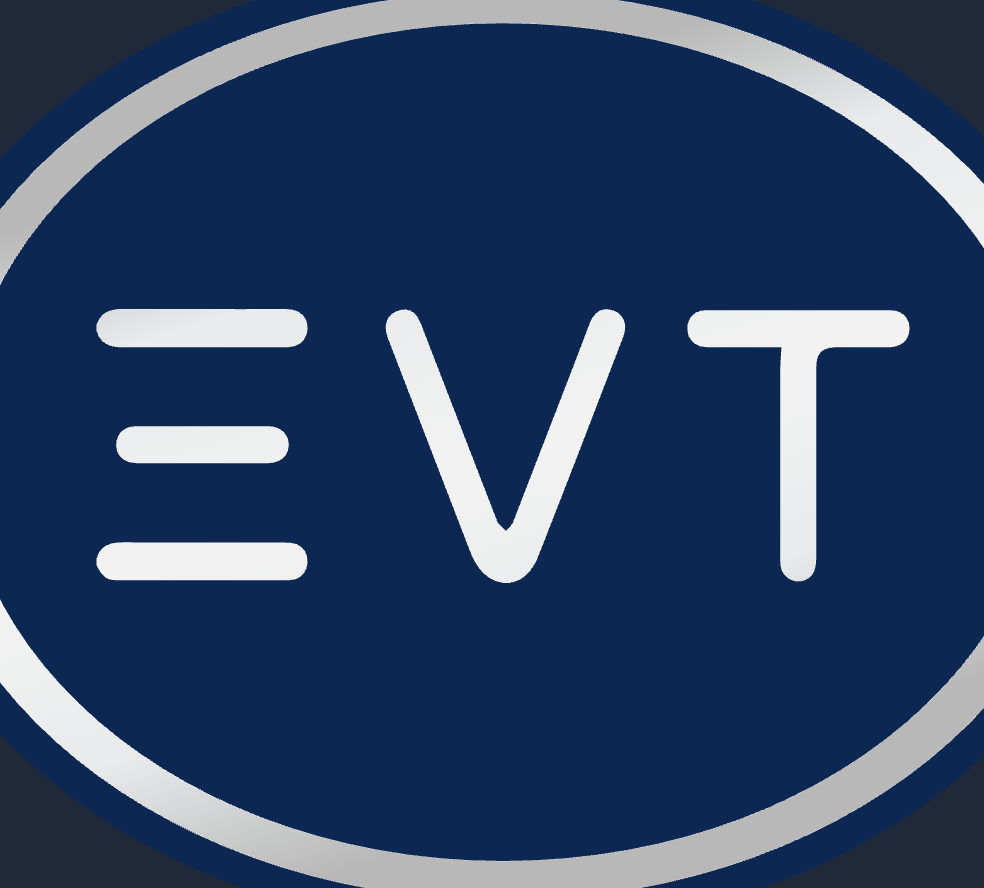Featured NewsTrending NewsDrone Mapping Software Soaring
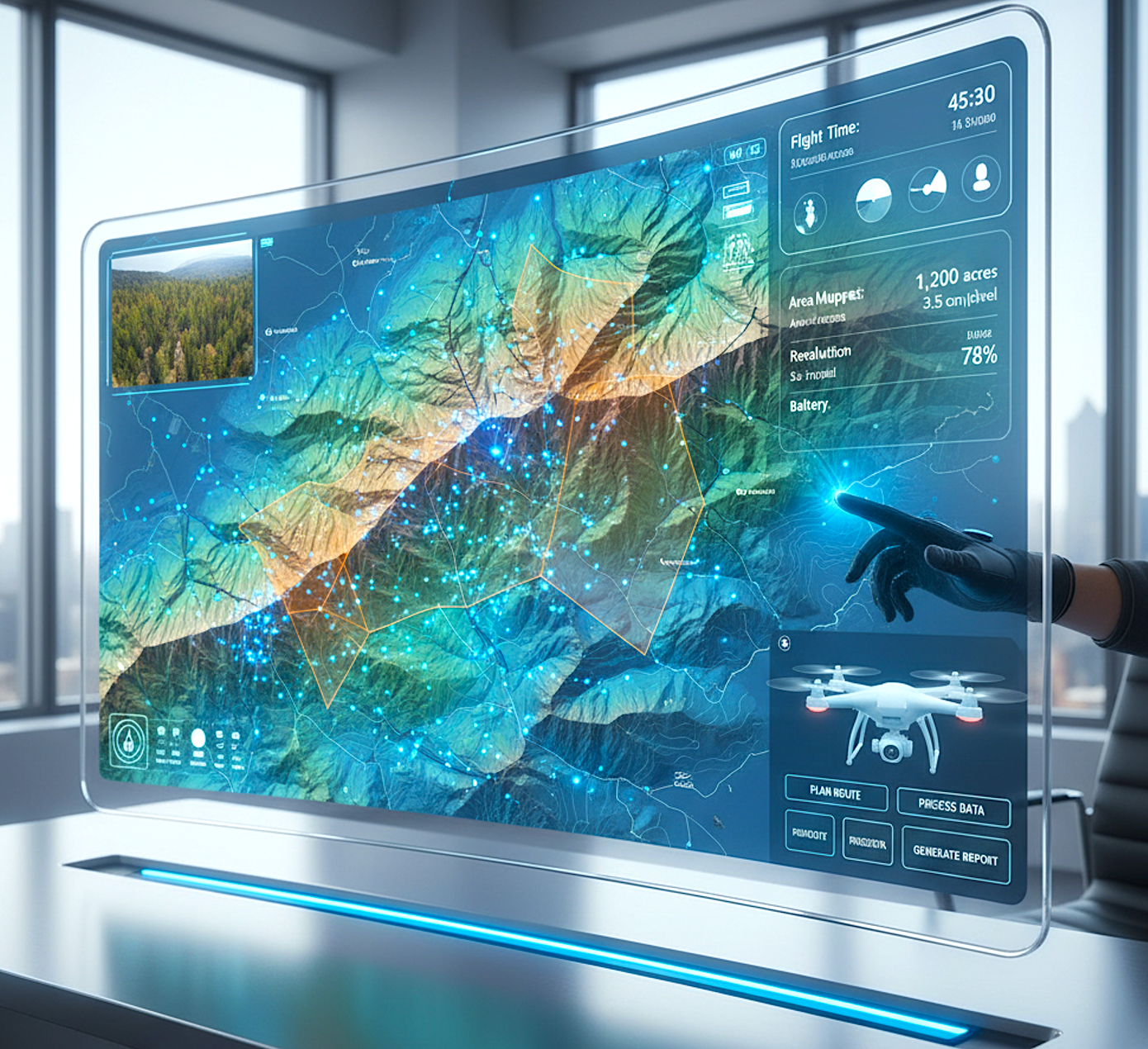
19 November 2025
According to Research Intelo, the Global Drone Mapping Software Market size was valued at $1.42 billion in 2024 and is projected to reach $6.85 billion by 2033, expanding at a robust CAGR of 19.2% during the forecast period from 2025 to 2033. One of the major factors propelling the growth of this market globally is the rapid integration of advanced geospatial analytics and artificial intelligence capabilities within drone mapping platforms, which is dramatically enhancing the efficiency, accuracy, and scope of data-driven decision-making across critical industries such as agriculture, construction, oil & gas, and environmental monitoring. As organizations increasingly seek to automate and digitize their field operations, the demand for sophisticated drone mapping software is expected to surge, driving significant market expansion over the coming decade.
The Drone Mapping Software Market has rapidly transitioned from a niche technological segment into a mainstream enterprise tool across industries such as construction, agriculture, mining, energy, environmental monitoring, and public safety. With drones becoming more capable and accessible, the need for advanced software that can convert aerial data into actionable insights has intensified. This market is driven by a combination of automation, artificial intelligence (AI), regulatory evolution, and growing demand for real-time geospatial intelligence. As organizations prioritize precision, efficiency, and cost optimization, drone mapping platforms are emerging as critical digital infrastructure for data-driven decision-making.
Key Market Drivers
Growing Industrial Adoption of UAVs. Industries are shifting from manual surveying and inspection to drone-assisted methods. Sectors such as mining, agriculture, construction, oil and gas, and transportation now rely on high-frequency aerial data. Drone mapping software enables stakeholders to maintain continuous oversight of assets, detect anomalies, and enforce compliance efficiently.
AI and Automation Integration. AI-powered features such as object detection, change detection, automated route planning, and intelligent data stitching are setting new performance standards. Automation significantly reduces processing time and enhances detection accuracy, making drone mapping workable even for non-technical personnel.
Rising Need for Accurate Geospatial Insights. Government bodies, urban planners, and enterprises increasingly require precise data for land development, infrastructure planning, disaster risk management, and environmental conservation. Drone mapping platforms provide centimeter-level accuracy, making them an attractive alternative to traditional satellite and ground-based methods.
Cost and Time Efficiency. Traditional surveying techniques can be labor-intensive, expensive, and prone to human error. Drone mapping provides rapid data capture and processing, reducing field time by up to 70% and offering significant cost benefits especially for large-scale operations.
Technological Trends Shaping the Market
Cloud-Edge Hybrid Processing. To address latency concerns and large data volumes, newer platforms combine edge computing (on the drone or onsite) with cloud processing, enabling efficient workflows even in remote areas.
Real-Time 3D Mapping. Real-time photogrammetry and SLAM-based mapping technologies are enabling drones to generate 3D models mid-flight useful for inspection, navigation, and rapid surveying.
Integration with IoT and Digital Twins. Organizations are leveraging drone mapping software to build digital twins of infrastructure assets. These virtual replicas integrate sensor data, predictive analytics, and real-time updates for continuous monitoring.
Enhanced Thermal and Multispectral Mapping. Thermal and multispectral imaging capabilities integrated into drone mapping platforms support applications such as crop stress analysis, solar panel inspection, and search-and-rescue operations.
Regulatory Advancements. Global regulators are increasingly permitting Beyond Visual Line of Sight (BVLOS) operations and wider drone usage. This regulatory softening is expanding the market potential for advanced mapping applications.
Challenges in the Market
Data Privacy and Security. Drone-generated data often contains sensitive environmental or industrial insights. Ensuring secure data storage, transfer, and processing is a major concern for enterprises.
Regulatory Fragmentation. Different regions enforce varied drone rules, delaying deployments and complicating cross-border operations for global organizations.
Technical Skill Requirements. While automation has improved, interpreting drone mapping outputs still requires some level of technical expertise. The market requires more user-friendly interfaces and training programs.
High Initial Investment. While software is cost-effective, integrating drones, sensors, and processing tools can require substantial upfront investment.
Future Outlook
The Drone Mapping Software Market is poised for significant expansion driven by advances in AI, cloud computing, and multispectral imaging. As industries embrace automation and governments adopt geospatial intelligence for planning and security, demand for intelligent mapping solutions is expected to rise steadily. The future will likely feature fully autonomous drones capable of real-time mapping, seamless system integration, and broader regulatory acceptance for BVLOS missions.
Competitive Landscape
Prominent companies operating in the market are:
- DJI
- Pix4D
- DroneDeploy
- PrecisionHawk
- Delair
- Agisoft
- Parrot
- 3D Robotics (3DR)
- senseFly
- Skycatch
- Propeller Aero
- Bentley Systems
